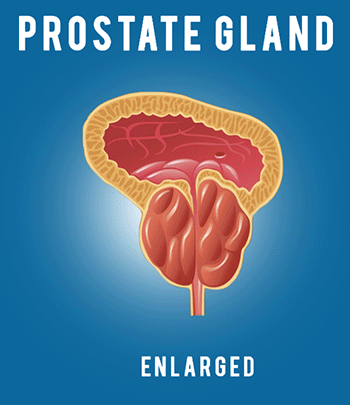Risk Factors for Heart Disease: Blood Pressure
What is Blood Pressure?As blood circulatesthrough your body,it exerts pressure againstthe walls of your arteries. That pressure is whatis measured with ablood pressure device. Blood Pressure ismeasured by two numbers. The top number is calledSystolic and measures thepressure in your arterieswhen your heart is pumping. The low number is calledDiastolic and measures thepressure in your arteries whenthey are resting and refilling. High blood pressure is somethingyou need to avoid in order tokeep your heart and arterieshealthy and clear of anycardiovascular disease. Blood pressure is alwaysbest measured at rest. Ideal blood pressure is 120/80. Your blood pressure should beless than 135/85 in the comfortof your home, and lessthan 140/90 elsewhere. If you suffer from diabetes,your blood pressure shouldalways be lower than 130/80. Ifyour numbers are consistentlyabove these targets, youshould consult your doctor. It is very important to takeyour blood pressure followingthese easy instructions: Sitcomfortably in a chair thatoffers good back support. Uncross your legs. Place the proper sizeblood pressure cuffon one of your arms. Put your arm on the arm rest sothat the blood pressure cuff isat the same level as your heart. Relax for 5 minutesand do not talk. If you have time, take yourblood pressure 3 times. Discard the first readingand average out thesecond and third readings. Keep a log of yourreadings for your doctor. The trouble is,high blood pressureisn’t always noticeable. Sometimes called“the silent killer”,people can go years withhigh blood pressure andnever know they have a problem. High blood pressure makes yourheart work a lot harder thannormally, and causes addedstrain on your artery walls. Over time, this can contributeto the buildup of plaque,restricting blood flowthroughout your body,which can lead tocoronary artery disease. If the artery becomesfully blocked you couldhave a heart attack. So, what are all the healthrisks associated withhaving high blood pressure?Stroke, heart attack,heart failure, dementia,kidney disease, eye problems,erectile dysfunction. Having a health professionalcheck your blood pressure isa way to find out if you mighthave high blood pressure. But logging your home bloodpressure will also allow yourdoctor determine if youhave high blood pressure. There are numerous devicesrecommended by HypertensionCanada that allow you to measureyour blood pressure at home. Be sure the device hasa logo indicating itmeets the standards ofHypertension Canada. Discuss with your doctor tolearn which device is bestfor you and how to useeach of them properly. If diagnosed withhigh blood pressure,your doctor will have youfocus on these three areas oflifestyle change in order tohelp lower your blood pressureto a healthier level:Quit smoking. Exercise 30 – 60 minutesa day most days a week. Eat more fresh or frozenvegetables and fruit daily. Choose lower fat milk products,whole grains, lean meat,fish and poultry. Limit sodium intake to nomore than 2000 mg a day. Cook more at home andeat less processed foods. In some cases these changesare not enough and medicationswill be needed to helpcombat high blood pressure. If you have any questions orwould like to learn more,help is just a click away.


